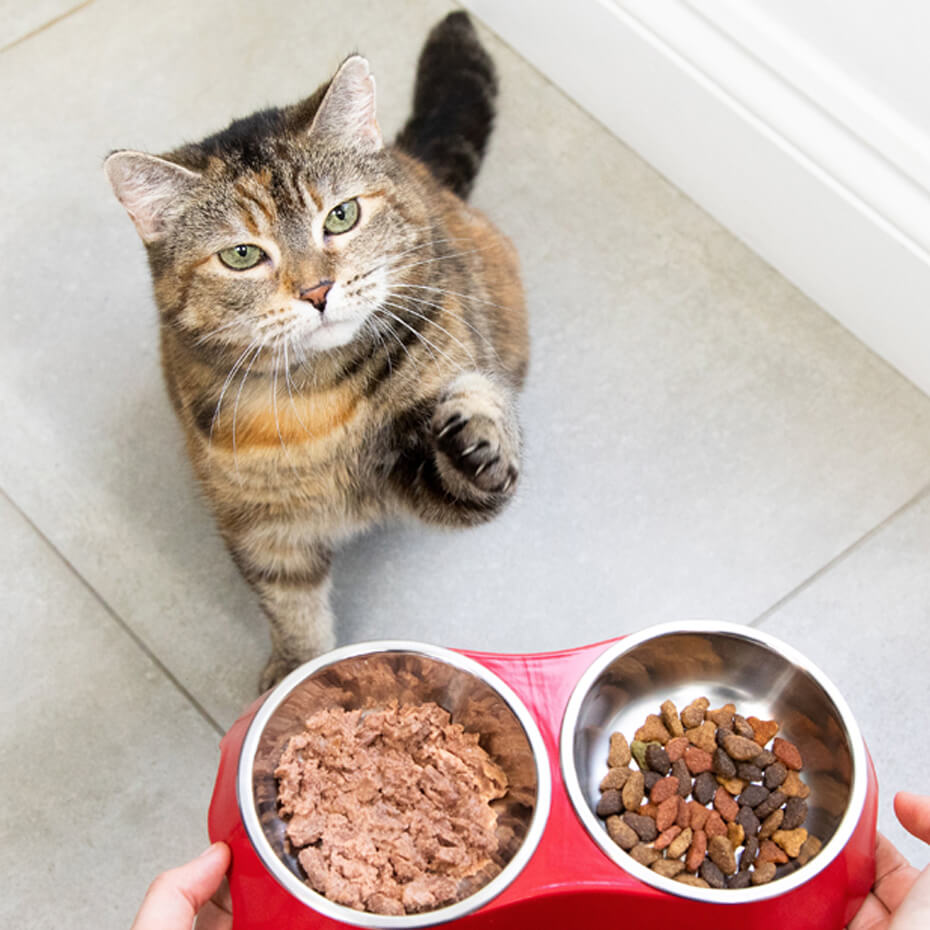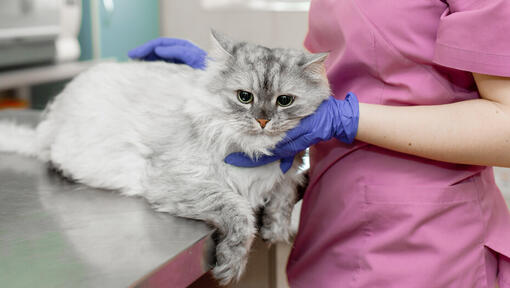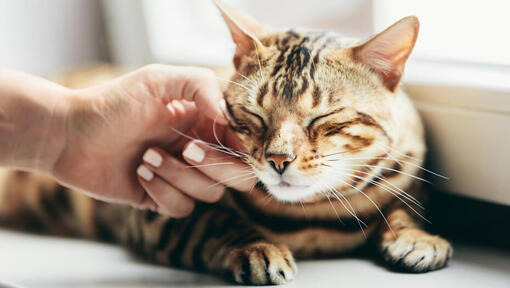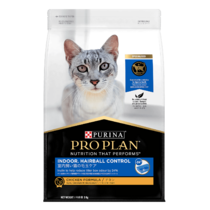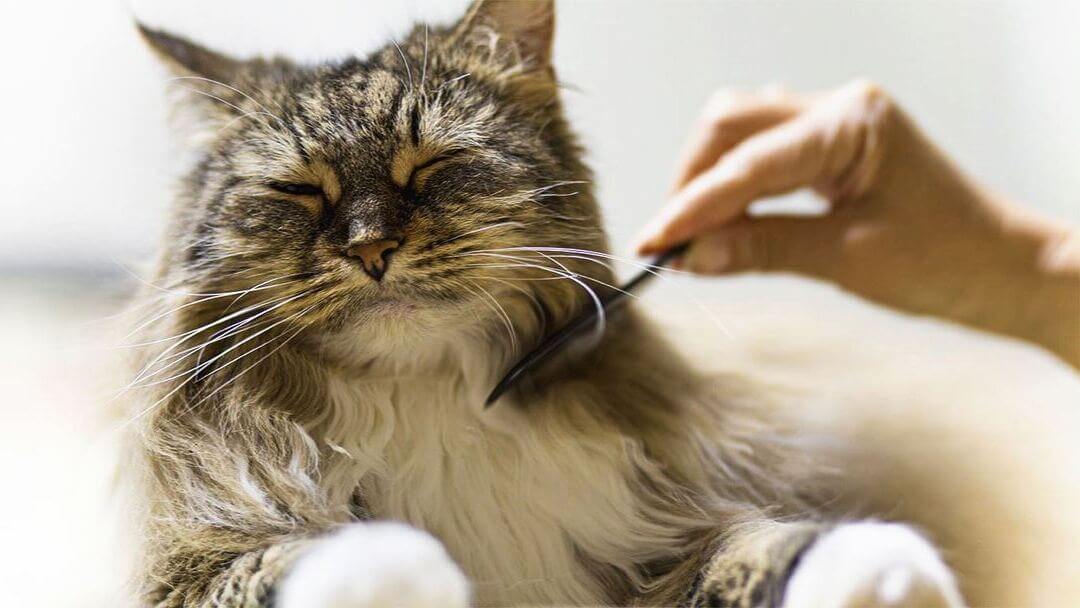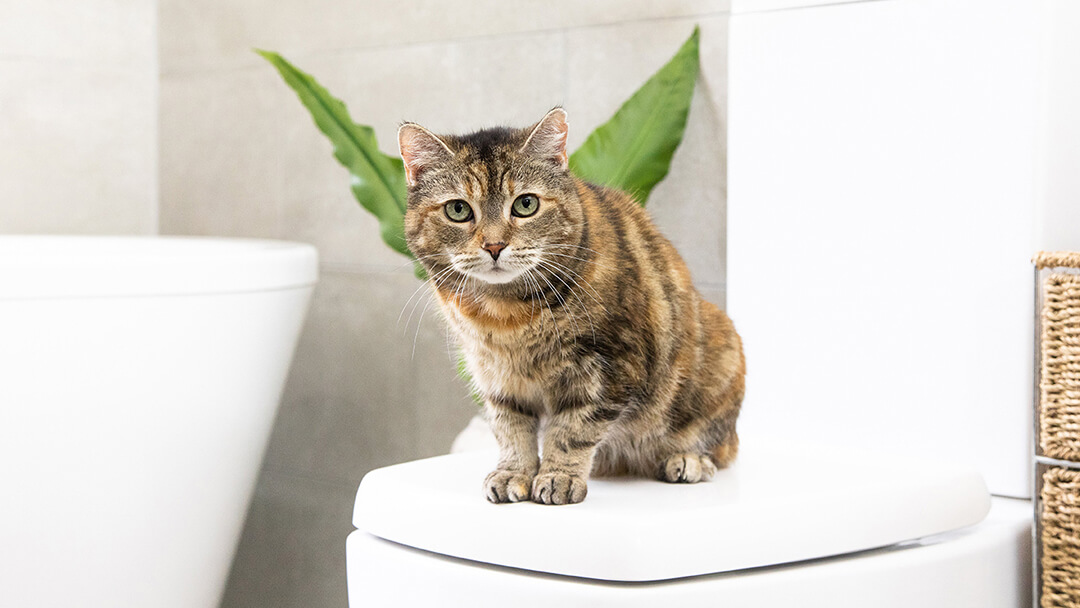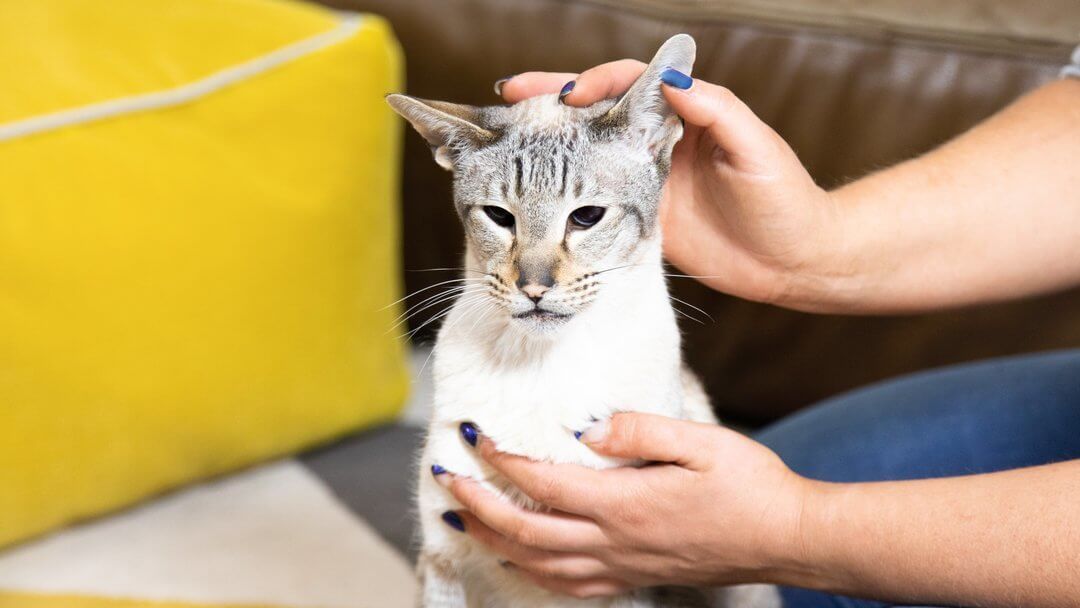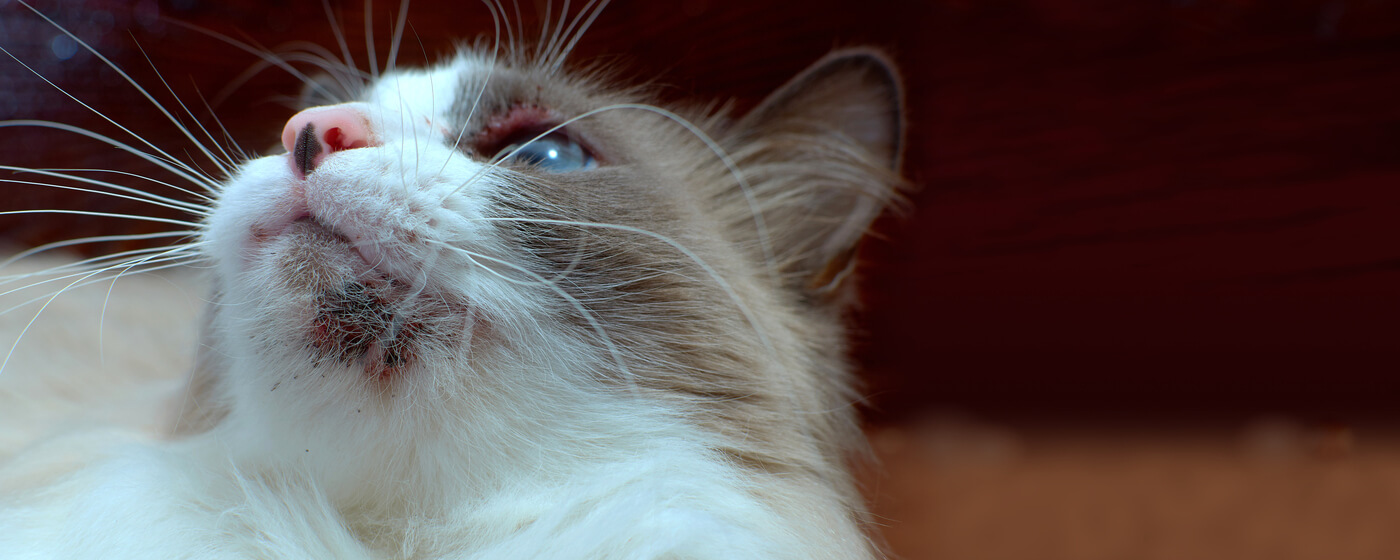
Cats are susceptible to developing acne just as us humans. Here is what you need to know if you start noticing stubborn pimples that won’t go away.
Unfortunately, acne is not a problem reserved for humans. Cat acne also exists and can affect felines quite often. Although it’s still unclear why it develops, there are a few things a cat owner should know to help their pet get back to their normal self. Keep reading to find out how feline acne manifests and what cat acne treatment is most effective in alleviating the condition.
What is cat acne?
Cat acne, or follicular keratinization as it’s officially known, forms when the hair follicles are blocked due to an excessive production of keratin, a protein found in the skin. In cats, acne mostly forms around the chin area, which is why it’s commonly referred to as cat chin acne.
What does cat acne look like?
Cat acne manifests itself as small bumps accompanied by blackheads or whiteheads, similar to humans. But on a cat’s skin it can often take an appearance that looks more like dirt than pimples, which is why many owners don’t even notice the skin condition. Severe cases can lead to hair loss, redness and even bleeding.
What causes cat chin acne?
The causes of cat acne are still largely a mystery. It is believed that plastic can encourage the breakout as it’s been mostly noticed in cats that use plastic bowls for food and water. Poor grooming, especially in older cats, can also lead to acne. But there are a series of underlying conditions that can have a contribution as well:
- Poor immune system.
- Stress.
- Food allergies.
- Hormone imbalances.
- Hyperactive sebaceous glands.
What is the treatment for cat acne?
Although cat acne usually disappears just as suddenly as it appears, there are cases where treatment is necessary, especially if the breakouts are regular or they start turning into a severe form of acne.
Cat acne is best assessed and treated by a veterinarian. Therefore, it’s important to talk to your vet before starting any treatment, and don’t use human acne treatments on your pet, as they are too harsh for a cat’s skin. Here are some of the most common solutions to cat acne:
Cleaning the area
Chlorhexidine antibacterial washes can be used to clean the area where the acne is developing. Use the treatment a couple of times of day until the breakout starts to subdue. Aloe vera can also be applied after the area has been disinfected, to help soothe the skin, but be very careful that the cat does not swallow it as it can be toxic.
Warm compresses
Warm compresses can help with mild acne and reduce the swelling.
Omega-3
Fatty acids like Omega-3 can help promote skin health and it is usually recommended for cats prone to acne breakouts.
Replacing plastic bowls
Consider using a stainless or ceramic bowl for your cat’s food and water.
Medicated shampoos
Mild feline acne cases can also be treated using antiseborrheic shampoo. Antibacterial or antifungal shampoos should be recommended by the vet. Although it’s tempting to reach for the human version of anti-acne products, don’t do so unless directed by the vet.
Ointments
Applying an antimicrobial gel a few times a day can also help clear out acne.
Systemic antibiotics
For severe cases where an infection has developed, the vet might recommend a course of antibiotics.
Topical antibiotics
Antibiotics in the form of cream or gel applied directly to the affected area can also be an effective treatment.
Steroid injections
In severe cases, steroids can be prescribed by the vet to help fight inflammation.
Will cat acne appear again?
In some cases, feline acne can turn into a recurring condition. You can help avoid relapses or extend the period between breakouts by maintaining a strict cleaning and grooming schedule.
If the episodes are reoccurring frequently, discuss with your vet what the most effective management strategy is for your cat.
Can feline acne be prevented?
Even though the causes leading to cat acne are still unclear, there are a few steps you can take to reduce the risk. Changing to steel or ceramic bowls for your cat’s food and water is often hailed as the easy and effective way to prevent acne from developing. Regular cat grooming is important as well as it helps avoid many skin problems.
Although cat acne will often go away with improved hygiene, it is still important to keep an eye on the symptoms and get in touch with the vet if you struggle to manage it on your own. Next, find out more about some of the most common cat skin problems in our handy guide with top tips on keeping your feline’s skin healthy.

